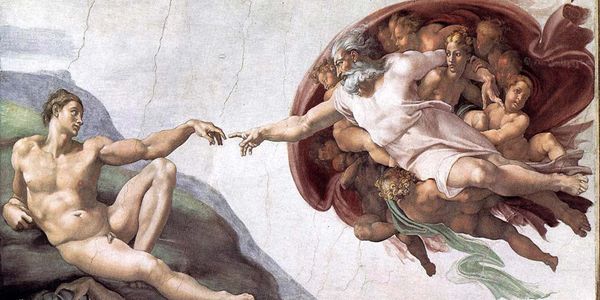
The Treasures of Immaculate Conception Parish
Father Gerald Dunne's Relics
Upcoming Feast Days
Get updates on relics, saints, feast days & Catholic inspiration
Father Gerald Dunne OSFS
In 1996 The Contemplative Sisters of the Good Shepherd in Philadelphia were in need of a Priest to conduct the 6:00 AM daily Mass in their community. Father Dunne gladly responded to this need with the thought; “I get up early enough”. For the next decade, Father Dunne became an integral part of those cloistered, contemplative Sisters' mission rooted in the daily celebration of the Eucharist and the Liturgy of the Hours.
Over those years while teaching theology at Judge High School, Father Dunne developed close friendships with many of those Sisters of the Good Shepherd. One of those was Sister Jude Ellen. Over the proceeding decades many of those contemplative communities of The Sisters of the Good Shepherd grew smaller. There was a need to consolidate many of the convents and communities in North America and Europe.
Sister Jude Ellen was given the assignment to oversee many of those consolidations. In the course of that work, Sister Jude Ellen discovered sacred relics of the saints left behind in the sacristies of those convents. Remembering Father Dunne’s devotion and interest in Church relics, she entrusted them to his care. Over time, this collection grew incredibly as more convents were consolidated.
Today this amazing treasure of the Church is situated in Immaculate Conception Parish within the Diocese of Wilmington. Still under the care of Father Dunne, he has become the de facto Custos Reliquiarum.
Pilgrimage
The Catholic Catechism recognizes the value of pilgrimage as a chance for Catholics to work on their faith. The Catechism states: Pilgrimages evoke our earthly journey towards heaven and are traditionally very special occasions for renewal in prayer.
—Catholic Catechism 2691
A pilgrimage in the most simple terms is a spiritual journey. A pilgrimage is an expression of reverence for God. By making a pilgrimage to a place of significance dedicated to honoring a saint pilgrims honor God as well. The purpose of a pilgrimage is an inner transformation by contemplating the spiritual aspects of the life of Jesus and the saints.
Abraham may be the first pilgrim in the history of the chosen people. Long after his descendants made another pilgrimage to the promised land in Exodus all Israelite males over the age of 12 were required to go on a pilgrimage three times a year on the three great feasts:
- Passover
- Pentecost
- Feast of Tabernacles
Blessed is he who comes in the name of the Lord! We have blessed you from the house of the Lord.
—Psalms 118:26
Pilgrimages have been a part of the Catholic tradition since the 4th century. The destinations for pilgrims have been places that were part of Jesus’ life or in the tombs of martyrs and saints. The places of miracles, healing, and holiness that come to mind are usually the Holy Land, the Vatican, Lourdes, and other faraway places.
To go on pilgrimage is not simply to visit a place to admire its treasures of nature, art, or history. To go on pilgrimage really means to step out of ourselves in order to encounter God where he has revealed himself, where his grace has shone with particular splendor and produced rich fruits of conversion and holiness among those who believe.
—Pope Benedict
Although one thinks of all of those faraway or grand sites as destinations for a pilgrimage, the truth is that you can make one anywhere, for any spiritual purpose. If you live in the mid-Atlantic region, the Wilmington or close-by Diocese, and definitely within Immaculate Conception Parish in Maryland consider making a mini-pilgrimage on a feast day of any relics in the care of Father Dunne.